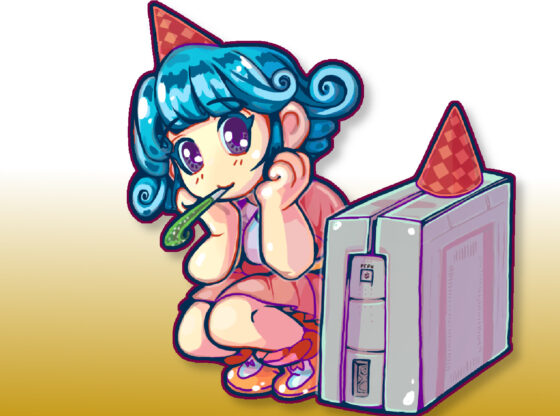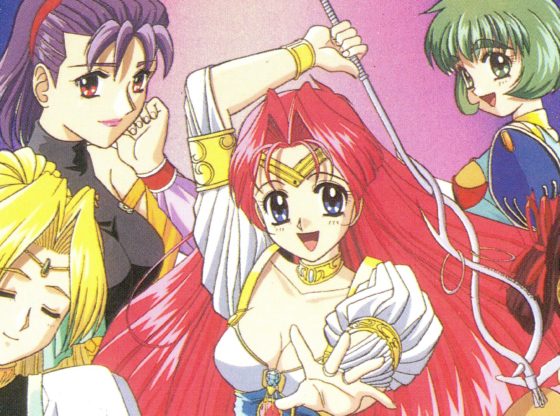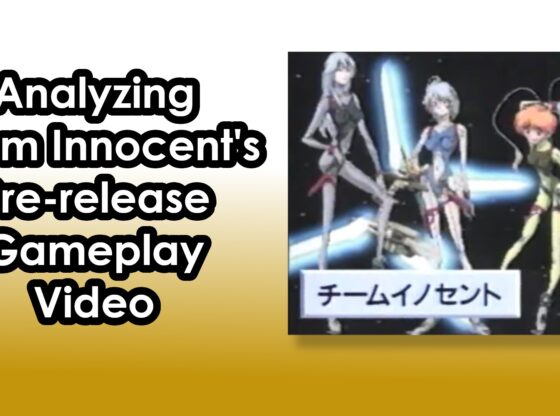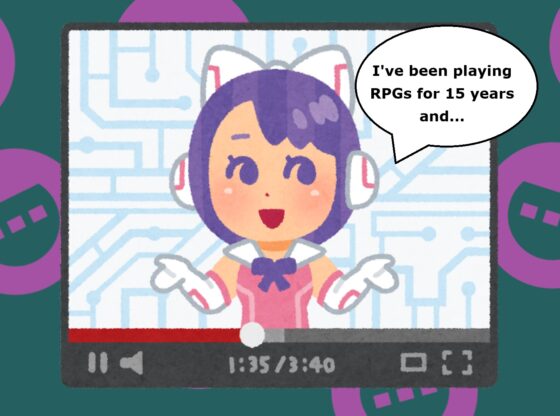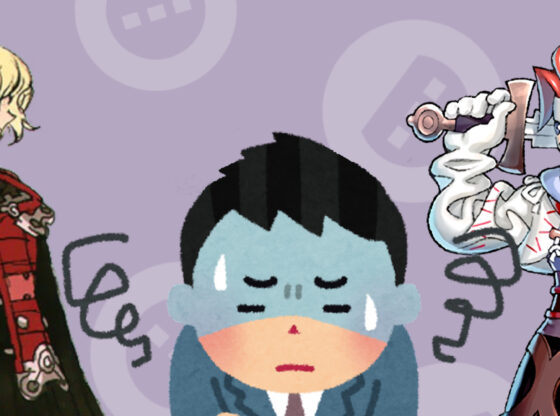This review was written in May for TheSpeedGamers, but was never finished. Recently I touched it up and completed it just for completion’s sake.
Lies, deceit and cover ups are common themes in many Video Games – The one who you thought was on your side all along, turns on you at the last minute. Even if you spot a character’s foul play, there is nothing the player can do. L.A. Noire changes that. Through the use of all new motion capture techniques, L.A. Noire asks the player to uncover the truth behind suspects and witnesses based on body language, like a nervous twitch or the slight of an eye. Does L.A. Noire change the face of gaming with all new character interactions, or is it hiding an average game under its smug expression.
It’s 1947 Los Angeles, two years after the end of World War II. Over the last few years, U.S. Forces have been returning home to begin a new life. Of one of those returnees is Cole Phelps, a former member of the Marine Corps. Once he has returned home, he joins the Los Angeles police department as a patrol man. Through dedication to the job and sticking his nose into cases further than needed, he works his way up to detective; tackling traffic crimes, homicide, vice and arson. Through his detective skills and a dash of luck, Phelps uncovers a conspiracy the average detective could only dream of.
L.A. Noire is divided up into multiple cases that the player tackles. At first glance, L.A. Noire’s cases all seem self-contained from a plot perspective, but most have slight ties to one another that build up throughout the title. It eventually creates a snowball effect, having a sudden surge of plot details at the end. How much of the plot you uncover is sometimes dependent on how well you do throughout the rest of the game. If you mess up in a certain sequence, you might miss interactions with an entire character, leaving you with only half the story for that case. Cases are available for replay at any time. So if you feel you left a case with too many unanswered questions, you can play it again and hope to improve the results.
The case structure gives the title only a certain amount of time to pull off character development of suspects and witnesses, but it is handled extremely well at the fast pace. Often you could close a case feeling like you really knew many of the suspects and witnesses. Unfortunately, while the side character’s development is handled well, the main character’s aren’t so much. Despite supposedly being the focus of the plot, very little time is spent to spot light Cole Phelps. Often, you’ll even forget you’re playing him. You’ll go over half the game barely knowing anything about him. Once they start trying to build his character, it’s too little too late.
Despite its faults, the game’s story holds up for one reason alone – Dialog. The dialog is written so well that you’ll want to hear every bit of it. You’ll find yourself looking forward to conversing with each NPC and hearing the dialog sections between Phelps and his partner to help break down the case and determine what they should do next.
L.A. Noire features a wide variety of gameplay types, but you’ll be visiting each often. Most cases open up with an investigation, where players explore the crime scene to find leads. Most of the time this amounts to running around a room and pressing the X, in the PS3 version, until you find something, although there are audio indications of when you’re near an interactive object.
From there the player usually interrogates witnesses and suspects at the crime scene. This is feature that L.A. Noire touts, as you have to determine if a character is deceiving you or telling the truth. The player is given three options, truth, believing the character’s story, doubt, pressing the character to reveal more information, and lie, flat out providing evidence to show that the character is lying to you. Occasionally, from the dialog itself, you can tell which is which. Most of the time you’ll need to watch the character’s facial movements. Basically, if a character does any sort of exaggerated movement, they’re lying. It’s more of a matter of deciding if you have evidence to corner them or not. Depending on how many questions you get right or wrong, the case will progress differently, but the case will almost always lead you to the correct ending.
Mixed in-between these investigation and interrogation are action sequences. These sequences are divided into two main groups; shoots outs and chase sequences. Shoot outs play like a standard third person shooter, but with only a handful of guns that cover the basics. Phelps can only take so many hits, so players generally will be sticking to cover, where lines of dialog are initiated because Rockstar wants you to see their impressive face technology. Chase sequences can either be on foot or in a car. On foot, the player simply has to keep running and try to slowly catch up to the culprit, or in some cases, shoot them before they can get away. Car chases have players doing the same, but in a car and requiring them to dodge obstacles and edge around turns. Both of these sequences are instantly won as long as you can keep up long enough. In the case of on foot missions, occasionally the culprit will take a hostage, so you have to play a “don’t shoot the civilian, but shoot the bad guy” style sequence.
All of these sequences are bound together by driving sections where the player needs to go from point A to B. The title takes place in a GTA-like overworld, so the drive can feel a bit lengthy. Thankfully you can essentially instantly teleport from location to location by telling your partner to drive. You do miss out on some side missions, but the player can go back and do these cases when they please. Otherwise, the driving only penalizes you. Being in a GTA-style, it is almost impossible to drive perfectly. And at the end of each mission, you’re scored based on how you played. Any damage done to the town or its residence will deduct your score. Basically, tell your partner to drive everywhere or risk a slower score.
While L.A. Noire features some variety, none of them really evolve. Each case has you doing these gameplay methods over and over again, just wrapped around a different plot. It quickly becomes repetitive as the title boils down to investigate, interrogate, drive, shoot-out, interrogate more, chase sequence, end of mission.
L.A. Noire’s facial animations are some of the best out there, and springs life to what could have been dull experience. While character animations are extremely over exaggerated to help the player, the story sequences are nearly impeccable. Unfortunately, the title falls on many technical problems. (Note: This review was written in May, so it may have changed since with patches.) There are some extreme pop-in issues, even within cutscenes. Occasionally facial animations won’t load, or they take too long to load and have rough transitions between the idle face animation and the actual cutscene animation. Understandably, it’s an open world title, but many of these issues happen mid-cutscene. Thankfully the 1940’s soundtrack is used without a hitch, and adds a unique element as many other titles don’t fall within the style of music found in L.A. Noire.
L.A. Noire shows a lot of promise, but falls flat thanks to repetitive gameplay and poor pacing of the overall story. The title has such quality character dialog that it almost saves story in itself. Characters’ facial animations definitely deliver on their promise, even if it is a bit over exaggerated for gameplay reasons. L.A. Noire is one of the few titles to effectively deliver a 1940’s U.S. setting. If you like Noire films, there is a lot to like here from a style perspective. From a straight-up game perspective, the title needed some extra work as there isn’t too much variety or enough depth to keep the player going. At twenty hours, the title is definitely a rent or a bargin-bin purchase. But otherwise, you should probably look elsewhere for your Rockstar fix.
Score: 6.5
Out of 10
Pros:
- Well written dialog
- Almost perfectly captures film noire feel
- Variety in gameplay
- Impressive facial animations
Cons:
- Graphical glitches everywhere
- Poor pacing of main plot
- Forgettable characters
- Not enough depth in each gameplay style
- Poor driving sequences









